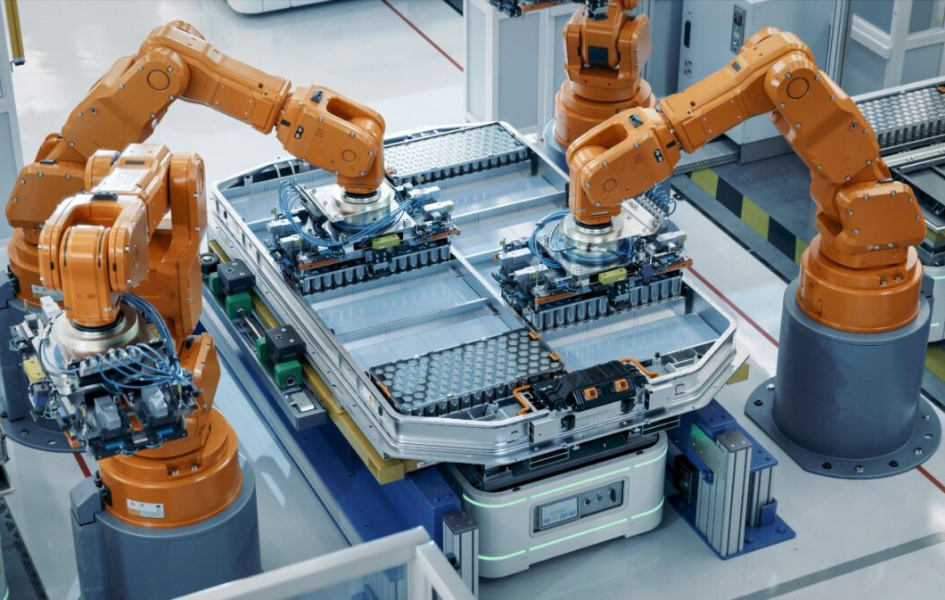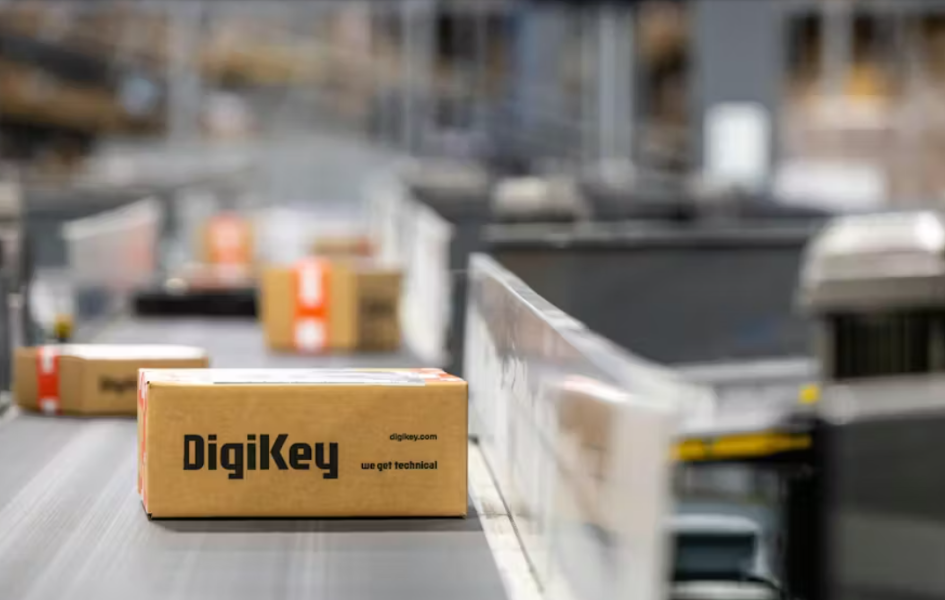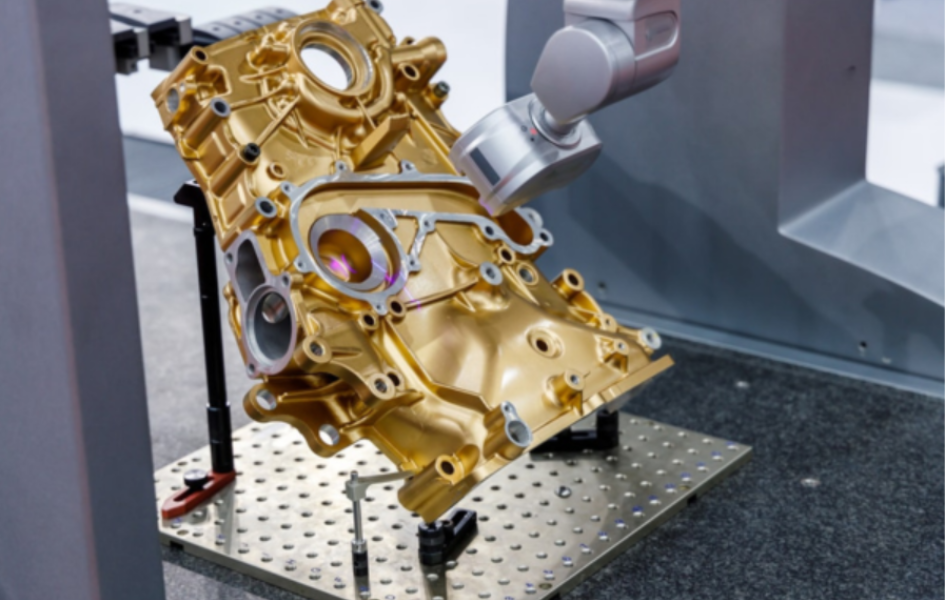Innovations in AI and 3D Vision for Industrial Automation
TESSY AUTOMATION INDUSTRIAL DIGEST
Welcome to the May edition of Tessy Automation’s Industrial Automation Digest! This month, we dive into the dynamic advancements propelling industrial automation forward. We begin by exploring Rockwell Automation’s partnership with NVIDIA, set to revolutionize AI integration in manufacturing. We also highlight the global industrial automation market’s projected growth, driven by technological advancements and sector-specific demands. In the U.S., manufacturers are significantly ramping up automation investments, marking a pivotal shift in operational strategies. Additionally, insights from industry distributors reveal trends shaping the automation landscape, and we examine how 3D machine vision is transforming robotics with enhanced precision and efficiency. Join us as we navigate these innovations, showcasing the continuous evolution and impact of automation across various industries.

Rockwell Automation to Increase Scale and Scope of AI in Manufacturing with NVIDIA
Rockwell Automation has partnered with NVIDIA to accelerate the development of next-generation industrial architectures. This collaboration aims to enhance manufacturing with advanced AI technologies, including digital twins, autonomous mobile robots (AMRs), and generative AI. By integrating NVIDIA’s Omniverse Cloud APIs with Rockwell’s Emulate3D, the partnership will improve data interoperability, live collaboration, and visualization for industrial-scale digital twins. This initiative addresses labor shortages and increases efficiency, with 83% of manufacturers expected to adopt AI in 2024. This strategic alliance marks a significant step towards creating more resilient, agile, and sustainable industrial operations. Keep reading.

Global Demand for Industrial Automation to Grow 10% Annually, Says Data
Global demand for industrial automation is projected to grow at an annual rate of 9.3%, reaching $286 billion by 2030 from $153.5 billion in 2023, according to Persistence Market Research. North America leads this expansion, holding 35% of the global market share. This surge is driven by sectors such as manufacturing, oil and gas, and power generation, which seek to enhance operational efficiency and mitigate supply chain disruptions. The adoption of autonomous vehicles and machinery in the mining industry also contributes to this growth, supported by advancements in wireless technology and government initiatives. This trend highlights the increasing reliance on automation to meet future industry demands. Read the full article.

US manufacturers are investing heavily in automation, IFR reports
In 2023, U.S. manufacturers significantly increased their automation investments, with a 12% rise in industrial robot installations, totaling 44,303 units, according to the International Federation of Robotics (IFR). The automotive industry led this growth, driven by electric vehicle initiatives and labor shortages, with sales reaching a record 14,678 units. The electrical and electronics sector saw a 37% increase in installations, reflecting efforts to boost supply chain resilience. Other sectors, including metal, machinery, and chemical products, also reported notable increases. These trends highlight the pivotal role of robotics in enhancing manufacturing efficiency and competitiveness. Continue reading.

Distributor Insights into Industrial Automation Trends
Distributors like DigiKey report that automation product demand remains robust across various industries, including food and beverage and oil and gas. Despite a slight slowdown in electronic components, DigiKey’s automation business has grown, now representing 10% of their operations. The rise in collaborative robots and augmented reality for training is driving this growth. Interest in AI and digital twins is also increasing, with companies using digital twins for precise workforce and production scheduling. New customers, often from non-traditional automation backgrounds, are leveraging programming languages like Python and C++, reflecting the growing influence of IT in operational technology. Read more.

3D-Machine Vision Is Transforming Robotics
3D machine vision is revolutionizing robotics by offering more detailed and accurate inspection capabilities compared to 2D systems. Unlike 2D vision, which can be affected by lighting conditions, 3D vision captures complete dimensional data, enhancing defect detection, precision, and reducing scrap. This technology allows for direct comparison of finished parts against CAD models, improving quality control and enabling tighter manufacturing tolerances. While transitioning to 3D machine vision requires upgrades due to increased computational demands, the long-term benefits include higher efficiency, reduced production costs, and enhanced system performance, bringing manufacturers closer to zero defects and just-in-time delivery goals. Dive into the article.
